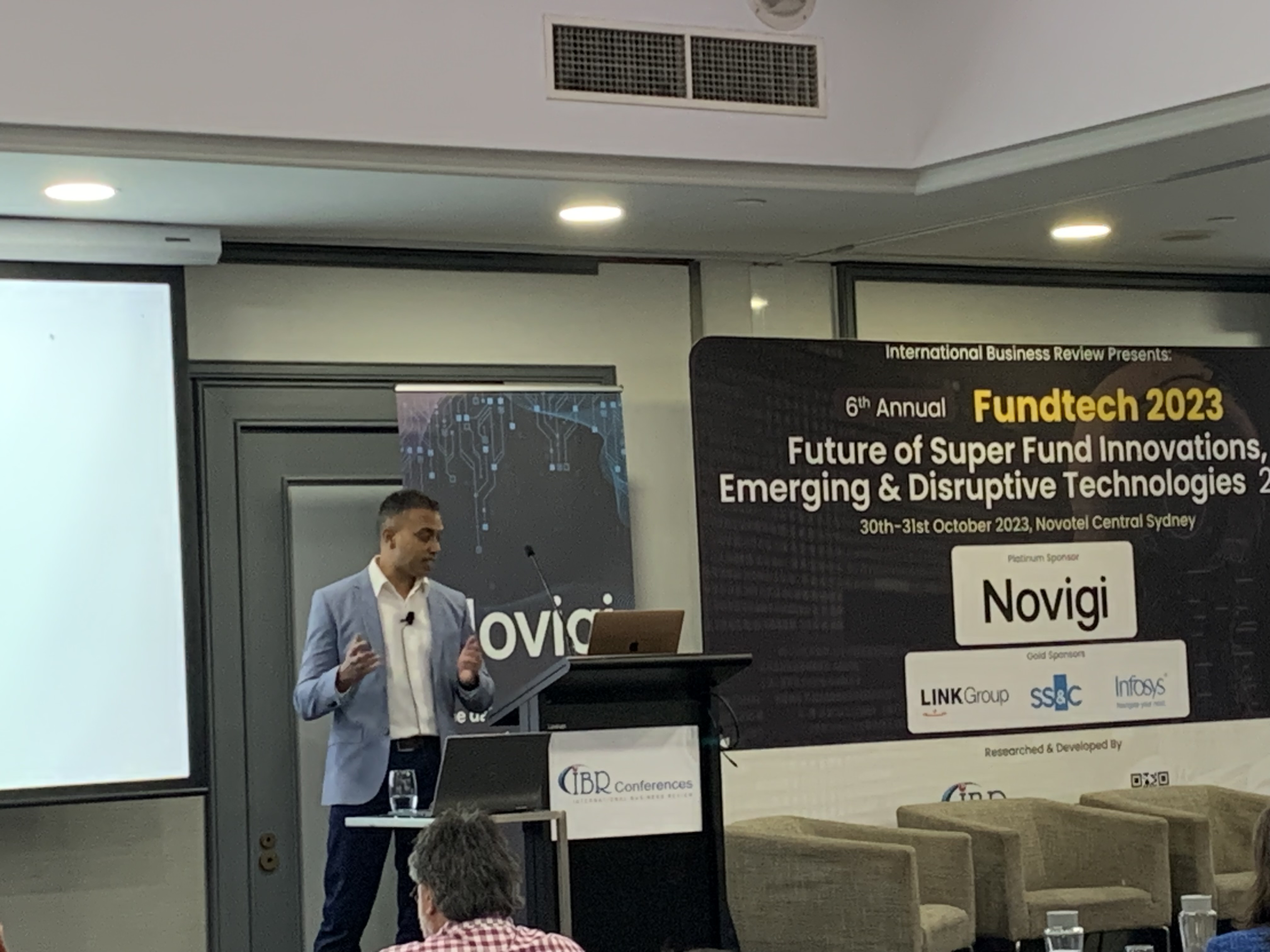We explore the risks of not modernising your applications and technical debt.
Here’s a question with only one right answer: Do you want your organisation to be fragile or agile? Assuming you answered correctly, it’s vital to consider the role applications (apps) play in nimble innovation.
The best are slick interfaces that expedite transactions; the not-so-good can be slow and frustrating, and threaten revenue.
Those in the latter category are typically legacy apps – those taken over by newer technology.
And they’ll likely carry some very real risks to your organisation.
Lack of support
Many legacy apps were coded using older software languages which are no longer in common use.
If your in-house experts leave, you can train replacements, but that takes time. Some current – and prospective – employees may feel that learning outdated tech hinders career development.
Finding someone new with the right experience might be a struggle. And because you need someone with scarce skills, they’ll likely cost more.
Do you really want to be in a position where your app has a crippling problem and there’s no one around to fix it?
Erratic performance and security
From slowdowns to outages, performance problems create all sorts of unwanted dramas.
They’re often caused by new features, fixes or workarounds being bolted on to old foundations.
Every fresh addition adds a new layer of complexity – turning the infrastructure into digital spaghetti.
That makes it harder, more time-consuming and costly to find the cause of a problem, fix it and test a solution – and we’ve already identified the risks posed by a lack of expert support.
Legacy technology can present unexpected vulnerabilities too. In the wider IT ecosystem, extreme examples in New Zealand have included cyber-attacks on two of our biggest financial institutions, the NZX and Reserve Bank.
Poor insights from data
It’s not always easy collating business-critical information from legacy apps. They tend to rely on clunky software and old hardware rather than easy-access cloud storage.
Data drives both strategic longer-term thinking and nimble real-time responses: it allows analysis and informs decisions. Making decisions without it can have major ramifications.
A gility suffers
Legacy apps limit innovation and your ability to compete. You can’t move fast enough to meet internal demands and are too slow to get things in front of customers.
If you want to be competitive, you need to be able to add new features fast. But old tech struggles with new code.
Many legacy apps are ill-suited to integration and customers expect a seamless experience involving a large and growing number of platforms.
That can mean different parts of your organisation interacting with customers on different platforms in different ways, creating data silos.
Poor customer experience
Erratic performance and lack of agility can upset your customers and damage your brand.
2017 research by Akamai found that 53 per cent of mobile site visitors will leave a page that takes longer than 3 seconds to load.
If you can’t deliver a reliable and evolving service, you’ll likely lose customers to a rival offering a faster service that better meets their latest needs and expectations.
That’s particularly true with Covid-19 making people more reliant on – and comfortable with – digital interaction.
And customers who switch will almost certainly be less likely to refer you – with a direct impact on your Net Promoter Score (NPS).
Your employees suffer too
It’s not just end users who get disillusioned with poor app performance.
Sticking with old tech can present the wrong image internally too.
Too many organisations have a system that employees refer to in conversation as if it’s a physical entity stopping them from achieving best practice. The tech controls them, not the other way round.
A builder doesn’t want old tools, even if they’re replaced or repaired every time they break. Providing the right tools can boost engagement.
And in the wider external world, legacy apps can make your organisation look old-fashioned, deterring potential investors, partners and customers.
Fortunately, there are multiple ways to modernise your apps, each with their own risks and rewards.
While the challenges may seem daunting, the threats posed by old apps will only intensify over time. Doing nothing is the least favourable option.
Learn in more detail about the risks, benefits and strategies of approach to modernising your applications in our free Guide to Application Modernisation EBook.




